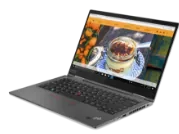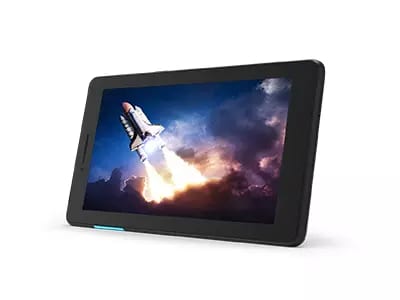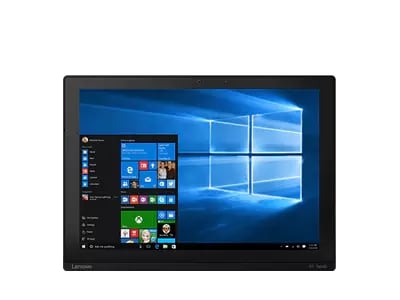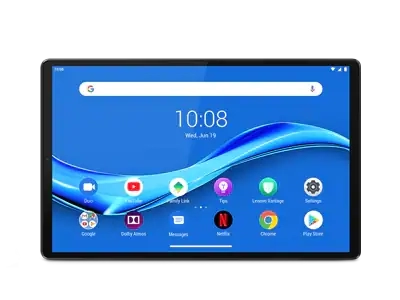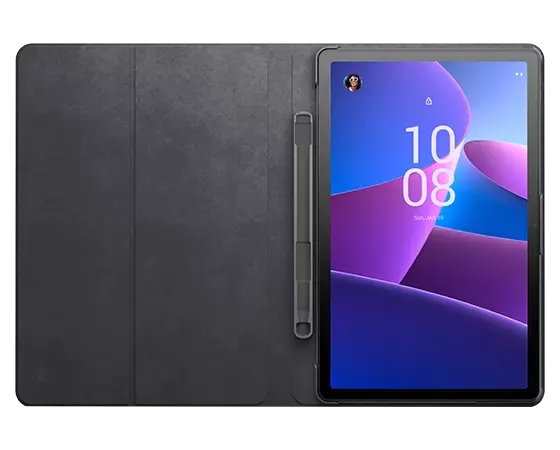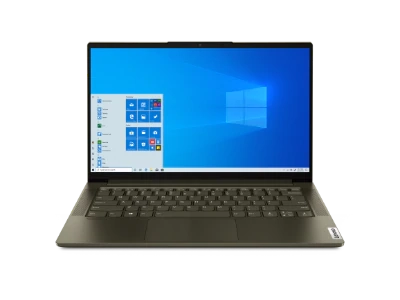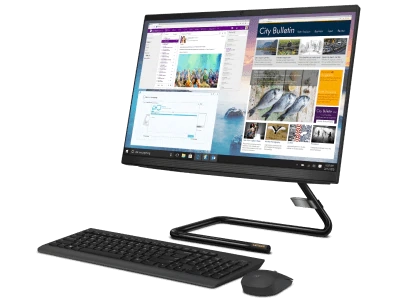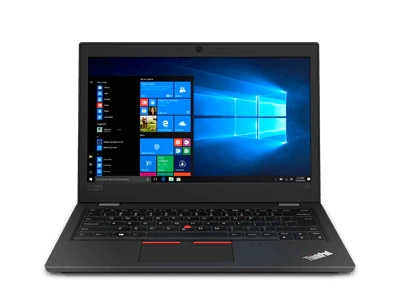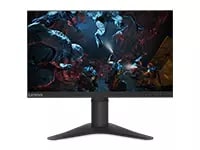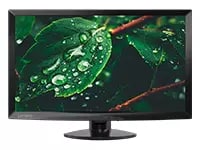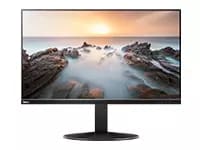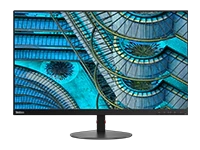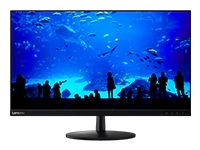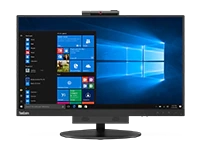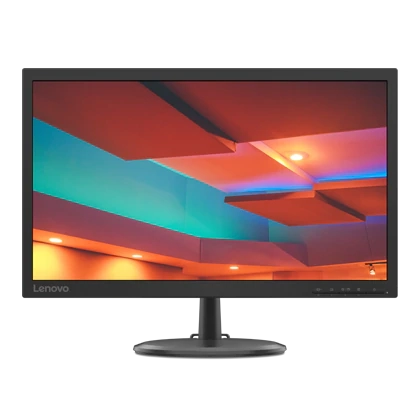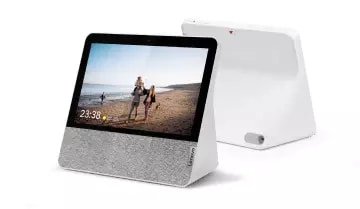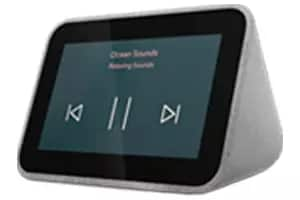Are curved monitors better?
So far, 2021 has proven itself to be the year of the curved monitor. They’re everywhere. In store, online, and glamming up desks the world over.
The curved monitor is undeniably glamorous. But are curved screens actually better than the old-fashioned flat screen alternative?
That’s the question we’ll be dissecting today. Curved monitors are a new technology, but they are fast becoming a growing tech trend.
Is this a case of style over substance or are curved monitors a genuine upgrade?
More and more buyers are choosing curved monitors over flat ones. If you’ve been thinking about making the switch, then you’ve come to the right place.
We’ll be discussing everything you need to know about curved monitors. The pros, the cons, and the all-important question – curved or flat?
So, without further ado, let’s get started!
What is a curved monitor?
Curved monitors have increased in popularity over recent years. A curved monitor is just like your standard computer monitor. The only difference is the curvature. Different monitors come with different levels of curvature. Curvature is measured with an ‘R’ rating. The lower the R rating the greater the level of curvature. The most common curvature levels are 1800 R, 3000R, and 400R. Even though you can find smaller curved monitors, most curved monitors are on the larger side. And that’s for good reason. To get the full effect of the curvature, you’ll want a 32-inch screen minimum.
Curved versus flat monitors – what’s the difference?
The main difference between curved and flat monitors is immersion. Curved monitors are specifically designed to provide users with more immersive and comfortable experiences. Curved monitors use ocular perception technologies to recreate real-life, immersive viewing experiences in three dimensions. After all, in the real world, we don’t see things on a flat screen. Curved monitors give us the impression of having peripheral vision while using our devices.
Other than the viewing experience itself, curved and flat monitors are very similar. Tech wise, they are almost identical. They use the same inputs and share the same resolution capabilities. Choosing between a curved or a flat monitor is purely a matter of preference. If you’ve got the space on your desk for a large-scale piece to sit then a curved monitor might be for you. If you’re short of room then a flat screen is probably going to be more convenient. At the end of the day, you’ll still have all the features you need whatever monitor type you choose.
The benefits of curved monitors
When it comes to user experience, curved monitors offer some great benefits. And that’s probably why curved screens are becoming increasingly popular among gaming fans. A curved monitor will immerse you in a game in a more life-like, action-packed way, by offering the illusion of having peripheral vision. But that’s not all. Aside from immersion, curved screens are great for eliminating distortion, offering a wider field of view, and are actually better for your eyes.
Bye bye distortion
Flat screen monitors have long been associated with visual distortion. Luckily, distortion is minimized on a curved screen. That’s because curved screens project light directly at the user. Flat screens on the other hand direct light in a straight line (past the viewer) thus creating image distortion.
Bye bye eye strain
Did you know that curved screens are actually kinder on our eyes? It’s true. Because curved screens direct light at the user that means our eyes are able to take in the visuals in front of us without too much strain. Large flat screens, on the other hand, often exceed our natural field of vision. When we try to take in all of this information, we naturally strain our eyes.
Wave hello to a wider field of view
The reason curved screens offer such immersive experiences is because they offer a much wider field of vision than their flat screen counterparts. This is especially true if you opt for an ultrawide curved monitor. These ultrawide screens are stretched horizontally which actually accentuates the immersive experience of using a curved screen.
Common challenges associated with curved monitors
Curved monitors do not involve any kind of learning curve. However, there are some minor challenges you may encounter if you make the switch from flat to curved. First and foremost, curved monitors are expensive. Although their prices have dropped since their initial market entrance, curved screens are still significantly higher in price than their flat-screen counterparts. And the larger the monitor, the more you should expect to spend. You’ll need to be willing to fork out anywhere between £300 and upwards of £1000.
Other than price, you’ll need to be prepared to install your new monitor with a bit more care than you might be used to. Curved screens can be tricky to mount – especially if you’re planning to mount it to a wall. If you’re planning to place your new monitor on a desk, you’ll need plenty of space. You may also want to consider where you position your workspace. Curved screens are prone to glare in certain light sources. Make sure that your screen is angled in a way to mitigate this nuisance.
Aside from these minor issues, curved monitors offer no additional technical issues. As we’ve already mentioned, a curved monitor is just a flat monitor in disguise. So all that’s left is to pick the perfect screen for you!
How to choose a curved monitor
When it comes to choosing your perfect curved monitor, it’s important to consider how much space you have available to accommodate the screen’s curvature. You’ll also need to decide exactly how much curvature you want, the level of resolution you need, and some practical aspects such as display ports and speakers. Think carefully about how much curvature you actually want.
Not all curved monitors come with the same degree of curvature. Some offer gentle curvature. Others arc around quite tightly. There’s no right or wrong answer. It’s worth testing out some options to see what’s most comfortable for you. Consider how close to the screen you’re likely to sit and how immersive you want your experience to be.
What to look for in a Curved Monitor
So, you’ve decided to upgrade your monitor for a more immersive experience. That’s great news. But which monitor is right for you? There are tons of curved monitors on the market today ranging in price, size, resolution, and curvature. The choice can be a little overwhelming.
We recommend doing plenty of research before stepping into the lion’s den. It can help to read real customer reviews to see if your preferred screen has lived up to other customers’ expectations or come up short. It’s also important to know exactly what you’re looking for.
Curved monitors vary in depth, size, resolution and curvature. But a small screen isn’t necessarily worse than a big screen, and a deep curve isn’t automatically superior to a gentle one. It’s all about figuring out what works best for you.
To help get you started, we’ve identified some of the top features to look out for in a curved monitor.
The perfect curve
How much curvature are you after? This is probably the most important factor to consider when buying a curved monitor. After all, the curve is what it’s all about, right? Don’t get the deepest curve available just because you can.
Try a few out to see which viewing experience you like the best. This all comes down to personal preference. In general, the more curvature the more immersive the experience. So if you’re a hard-core gamer then a deep curve might be perfect for you. If you’re going to be using your monitor primarily for work, however, then a gentle curve might be better.
Screen resolution
If you’re investing in a curved monitor don’t settle for anything less than full HD resolution. For an even sharper picture experience then a 4k curved monitor is guaranteed to dazzle.
Screen size
Monitor size is important but there’s no right or wrong answer here. It’s all about finding a curved monitor that will fit well in your own space. Remember, curved monitors take up a little bit more room than their flat counterparts. So you might not want to opt for a screen that’s too big if you haven’t got oodles of space to spare.
To curve or not to curve?
So, what’s it going to be?
To curve or not to curve, that is the question. Whether you’re looking to improve your working environment and ease that eye strain, or enjoy a truly immersive gaming experience, then a curved monitor might just be perfect for you.
Whether you’re after a gentle curve or some serious arcing, it’s always best to try out a few options before you buy. Curved screens are super chic. But that’s not all they have to offer. Whichever screen you opt for, upgrading to a curved monitor promises plenty of fantastic benefits.


Limits: Orders limited to 5 computers per customer. For larger quantities, go to the “Where to Buy” section of the website for details of resellers and retailers of Lenovo products
Offerings and Availability: All offers subject to availability. Offers, prices, specifications and availability may change without notice. Product offerings and specifications advertised on this website may be changed at any time and without notice. Models pictured are for illustration purposes only. Lenovo is not responsible for photographic or typographic errors..
PCs shown here are shipped with an operating system.
Prices: Web prices advertised include VAT. Prices and offers in the cart are subject to change until the order is submitted. *Pricing - savings referenced off regular Lenovo web prices. Reseller prices may differ from those advertised here.
**Battery: These systems do not support batteries that are not genuine Lenovo-made or authorised. Systems will continue to boot, but may not charge unauthorised batteries. Lenovo has no responsibility for the performance or safety of unauthorised batteries, and provides no warranties for failures or damage arising out of their use. **Battery life is based on the MobileMark® 2014 methodology and is an estimated maximum. Actual battery life may vary based on many factors, including screen brightness, active applications, features, power management settings, battery age and conditioning, and other customer preferences.
Finance is provided by Duologi. Duologi is the trading name of Specialist Lending Ltd.
General: Review key information provided by Microsoft® that may apply to your system purchase, including details on Windows 10, Windows 8, Windows 7, and potential upgrades/downgrades. Lenovo makes no representation or warranty regarding third-party products or services.
Trademarks: Lenovo, ThinkPad, IdeaPad, ThinkCentre, ThinkStation and the Lenovo logo are trademarks of Lenovo. Microsoft, Windows, Windows NT, and the Windows logo are trademarks of Microsoft Corporation. Ultrabook, Celeron, Celeron Inside, Core Inside, Intel, Intel Logo, Intel Atom, Intel Atom Inside, Intel Core, Intel Inside, Intel Inside Logo, Intel vPro, Itanium, Itanium Inside, Pentium, Pentium Inside, vPro Inside, Xeon, Xeon Phi, Xeon Inside, and Intel Optane are trademarks of Intel Corporation or its subsidiaries in the U.S. and/or other countries.© 2023 Advanced Micro Devices, Inc. All rights reserved. AMD, the AMD Arrow logo, Athlon, EPYC, FreeSync, Ryzen, Radeon, Threadripper and combinations thereof are trademarks of Advanced Micro Devices, Inc. Other company, product or service names may be trademarks or service marks of others.






